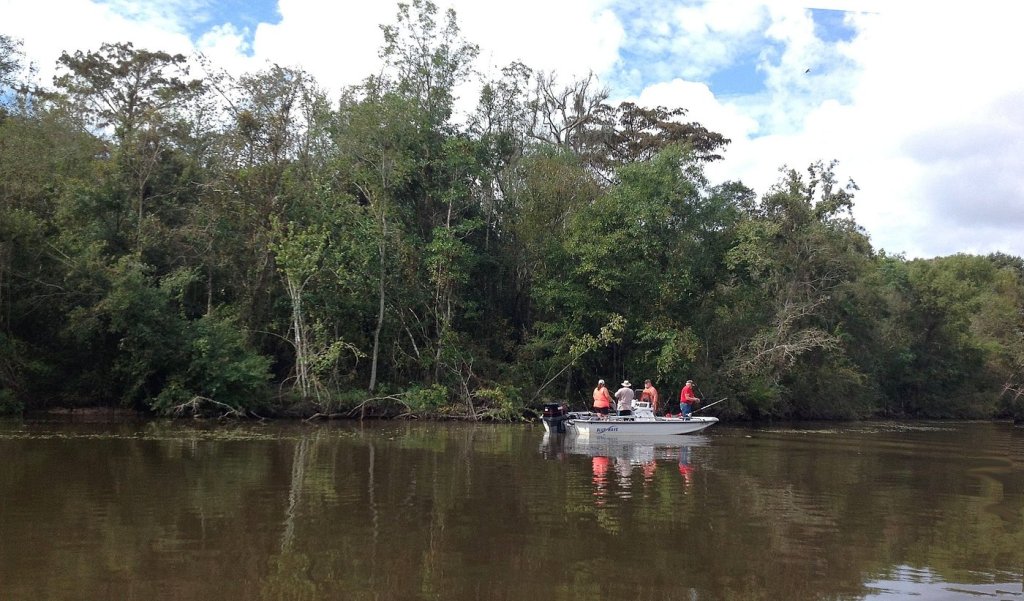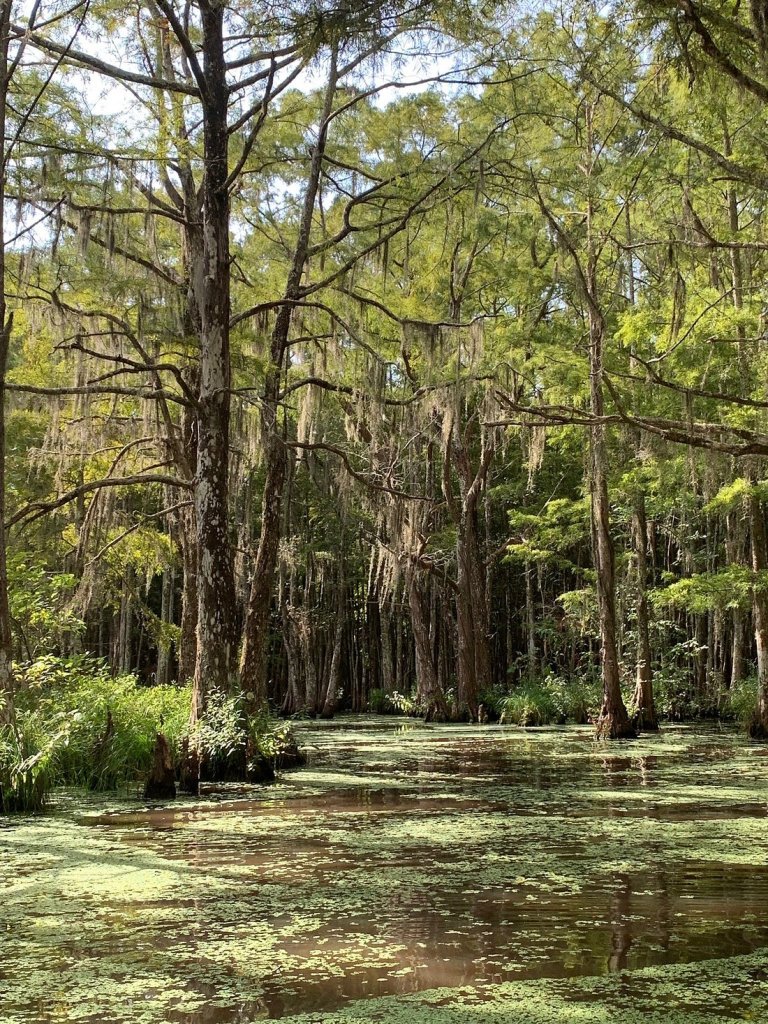Some destinations have an air about them.
That je ne sais quoi is usually closely related to a place’s atmosphere. Whether thanks to ancient history, stunning artisanal crafts, or natural wonders, some destinations are simply more memorable.
Many islands fit this bill.
But given traveling to an island requires buying a flight (or a boat) ticket, these trips are usually clumped with larger and more elaborate international trips. In other words, they don’t come around that often.
Worse, travelers might cross off certain destinations based on that air.
If an island sounds or looks too pricey, then it might get bumped from the itinerary—even if it’s not overly expensive or hard to get to.
If you’ve been dreaming of finding a secluded spot, then keep these three affordable islands on your list. Despite being highly rated and hugely popular, they won’t cost you an arm and a leg—not even on flights.
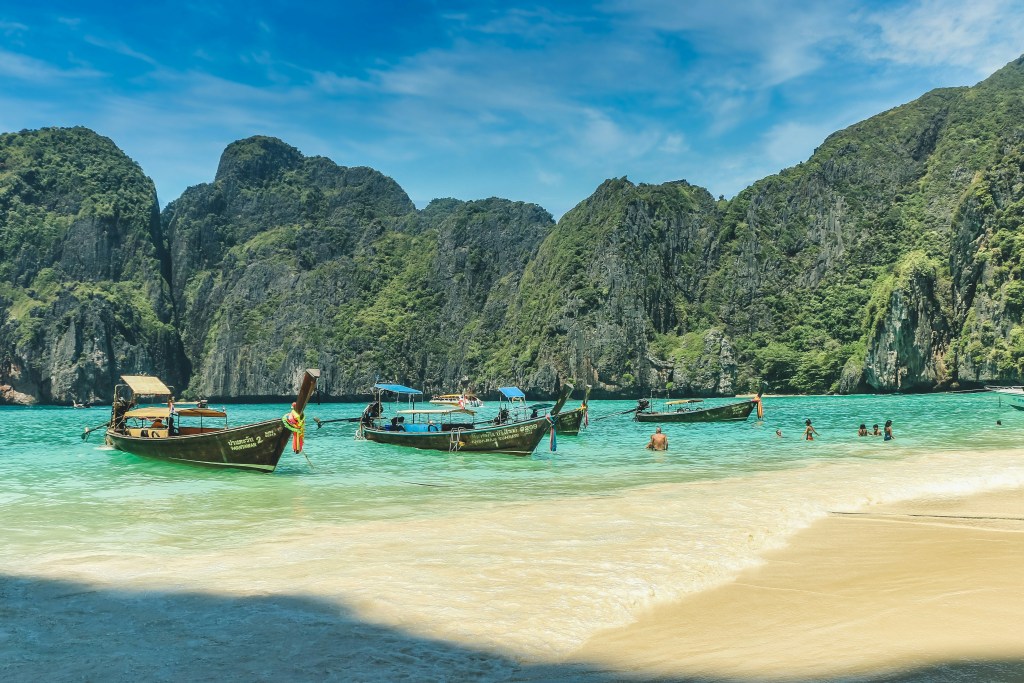
Koh Phi Phi, Thailand
For decades, Thailand has been a hotspot for backpackers—and much of that is thanks to its cheap hostels, affordable street food, and jaw-dropping natural wonders.
In Koh Phi Phi, all visitors need to do is find a beach and settle in.
Koh Phi Phi is known for its white sand beaches and its clear waters. Visitors have dozens of hotels to choose from—even luxury options are within reach and cost around $100 a night.
I’m talking beachfront, beach-view, Thai-style bungalows sort of luxury.
Even the flights aren’t too crazy. Because Thailand is a popular tourist destination for travelers from around the world, you can almost always find airline deals. I recommend visiting during the shoulder seasons in spring and autumn.
I recommend staying at Saii Phi Phi or Zeavola Resort.
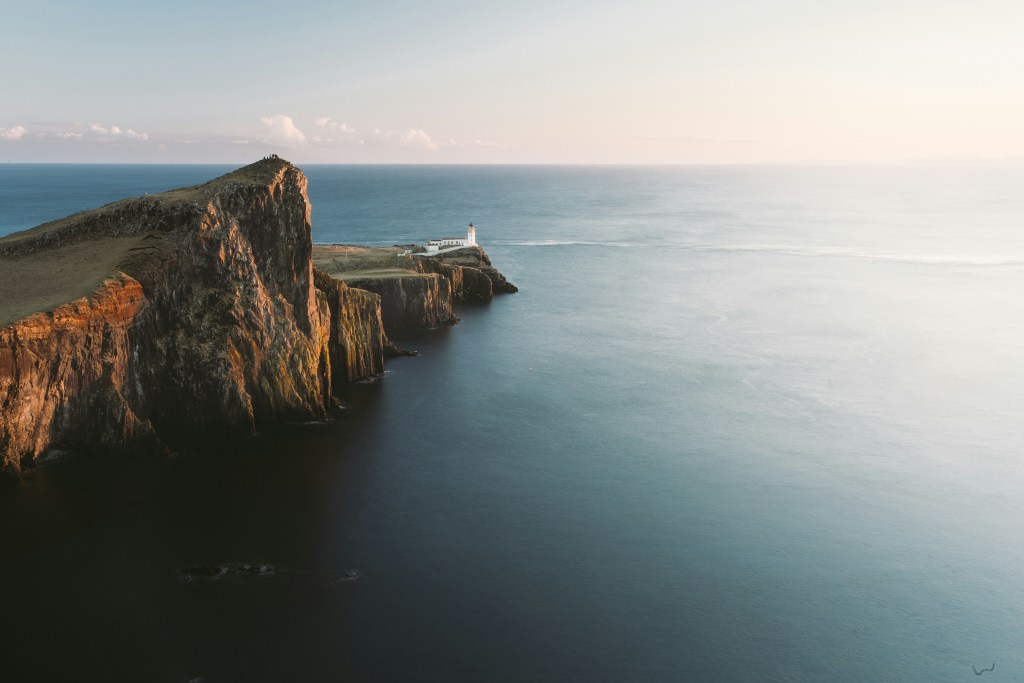
The Isle of Skye, Scotland
The Isle of Skye sits just north of Scotland—a place you might know it for its highland cow population.
The island is popular for fans of outdoor activities, golf, and Scottish culture. In terms of the great outdoors, Isle of Skye visitors usually explore Cuillin Hills and Talisker Bay, which offer lovely scenery of the coast.
Culturally speaking, guests can also explore the island’s many storied villages. The capital of Portree is home to colorful homes and charming shops, while Dunvegan Castle and Gardens takes you deep into the past during the reign of the Clan MacLeod.
As mentioned above, golf is also popular on the island. Though players will face a tough go thanks to powerful winds, they’ll be able to play in the sport’s homeland—an opportunity many golfers covet. You can look into golfing at the Isle of Skye Golf Club.
You can find affordable lodging from around $150 to $200 a night. However, flights might be pricier—especially during summer. I recommend focusing on the shoulder season in autumn to save (October and November).
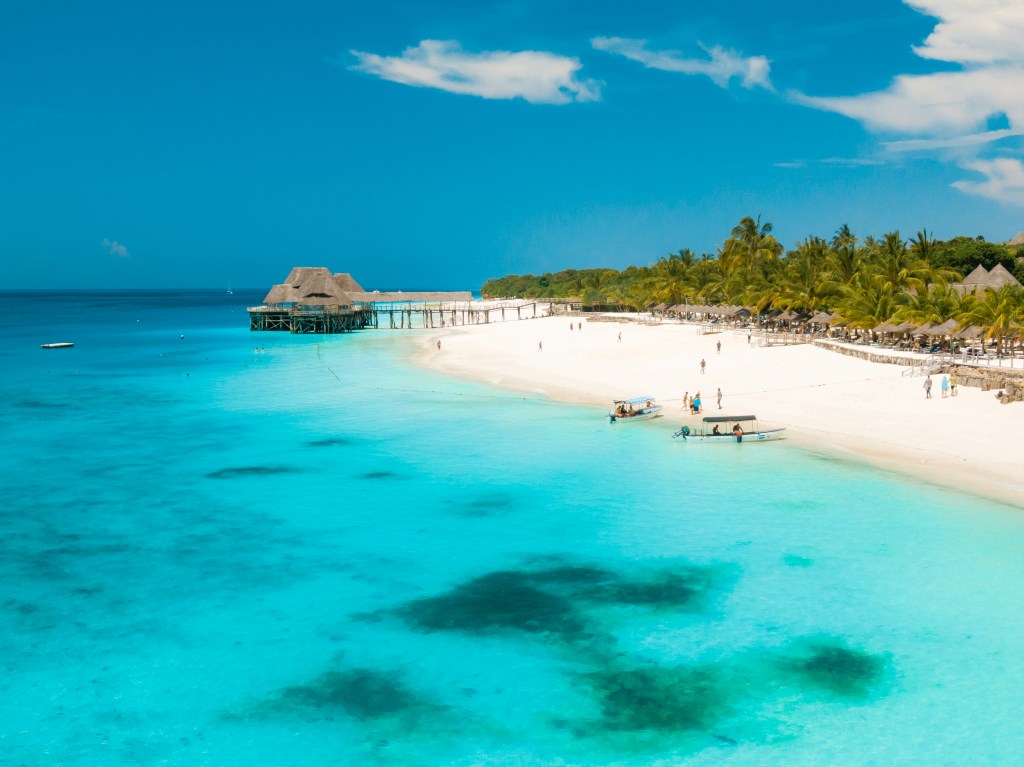
Zanzibar, Tanzania
In Zanzibar, there’s no need to choose between tropical wonders and culture—visitors have access to both.
This area is known for its white sand beaches and turquoise waters, which started attracting tourists en masse in the 1990s. The islands are home to marine life (including whales) and wild bushland that’s perfect for mini-safaris.
Zanzibar is home to two islands, Unguja (typically called Zanzibar) and Pemba.
For centuries, ports in both islands were pivotal areas for spice trade between South Asia and East Africa. The largest port is Stone Town, aka Mji Mkongwe in local Swahili.
This area has been controlled by many colonial forces, from Portugal to Oman to Britain. I suggest checking out sites like the House of Wonders, Old Fort, and Palace Museum—they’ll paint a solid picture of recent history in Zanzibar.
Hotels in Zanzibar cost less than those in Koh Phi Phi or the Isle of Skye, with highly rated and extravagant spots like Kisiwa Hotel & Resort costing around $120 a night.
However, cheap flights not be as easy to come by. Compared to Scotland and Thailand, East Africa is a bit further off the well-traversed paths. Consider booking in summer, when prices are cheapest.
If you’re heading to Zanzibar, I suggest staying at Kisiwa Hotel & Resort or Tembo House Hotel.
